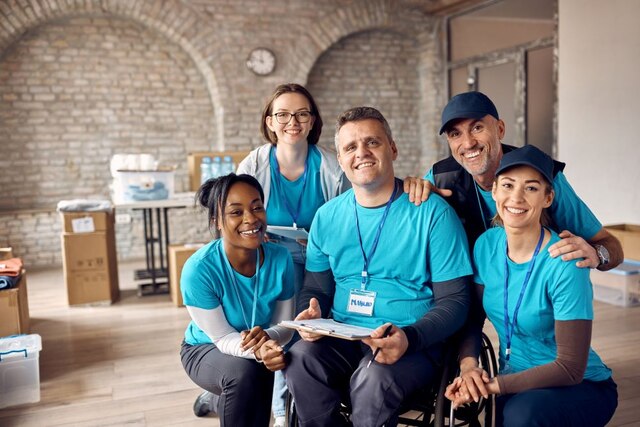Too often, global responses to disasters focus entirely on immediate relief. Aid planes touch down filled to the brim with blankets, food, and medicine. But vital supplies rushed in during the first weeks are inevitably packed up and redirected to the next crisis in short order. What of the survivors, though, left living amid lingering devastation long after responders rotate out? Innovators within disaster response charity work, like those at Brother’s Brother Foundation, increasingly target what happens beyond the rubble with more holistic, humanistic recovery models designed for the long-haul.
Leveraging Technology to Magnify Community Visions
International aid groups historically shaped construction projects based on external ideas of survivor needs, not locals’ self-determined goals. Yet novel approaches leverage technology to meaningfully include affected populations in collaborative rebuilding efforts. Handheld devices and simulation platforms enable residents to model dream recovery visions spanning potential schools, clinics roads or microenterprises. Interactive maps allow navigating reimagined neighborhoods firsthand.
Foreign engineers shift to technical advisors guiding manifesting of community aspirations instead of imposing pre-planned blueprints from headquarters overseas. Whether producing 3D-printed homes or mapping drone imagery, technology expands possibilities, insight, and ownership for recipients to lead in recovery. For example, after typhoons in the Philippines, communities were helped to design hubs that would double as schools and storm shelters during future disasters.
Addressing Root Causes Through Systems Building
Too often, organizations simply rebuild what existed previously, perpetuating systemic gaps that exacerbated suffering when disaster first struck. Innovators now take a systems approach – analyzing root causes of vulnerability to tackle chronic weaknesses. They invest in comprehensive capacity building so local networks lead equitable rebuilding long term.
Rather than just replacing a destroyed medical clinic, for example, they could expand community health worker programs and telemedicine infrastructure to increase affordable access for remote villages. Or couple rebuilding schools with teacher training, educational materials development, and child friendly spaces to support holistic learning.
Fostering Economic Resilience Through Human-Centered Aid
Humanitarian groups historically focused relief on physical objects – water, food, shelter, and materials. Yet recovery means more than survival alone. Reviving emotional health and financial stability ensures dignity and prosperity essential for holistic wellbeing. Innovators design integrated initiatives marrying material and financial assistance while strengthening social supports and livelihoods long-term.
Examples include coupling debris cleanup cash-for-work programs with skills training and market restoration grants. Community members gain purpose by restarting self-sufficient lives amidst the wreckage through participant-led small business incubators. Such human-centered economic rehabilitation continues for years as long-term recovery partners walk alongside communities towards full prosperity restoration.
Tackling Long-Term Impacts Through Locally Led Efforts
Even after infrastructure reappears, deeper personal and collective trauma persists silently. Yet many organizations depart quickly after visible repairs finish, long before survivors process psychological wounds and societal fissures. Grassroots community-led groups fill this gap – providing mental health support, fostering inclusive dialogues, creating collective healing spaces, and upholding marginalized voices during reconstruction. Their peer counseling and reconciliation work addresses trauma that outsiders often overlook.
Prioritizing such hyper-local emotional and cultural resilience cements recovery as communities grow strong united again from within. Locally led efforts reintegrating displaced groups, remembering lost heritage, and rebuilding trust after polarization lays the true foundation for societies to emerge more robust when future crises come.
Conclusion
In the end, holistic rehabilitation from disasters spans physical space, economic futures, and mental wellbeing in equal measure. Cutting edge initiatives inch the sector towards locally led, dignity-driven models tailored to community visions – not outdated donor assumptions. When crisis response charity work empowers survivors themselves to rise resilient, hope ultimately blooms more brightly than devastation ever dimmed.
For more informative articles, check out the rest of our site!

